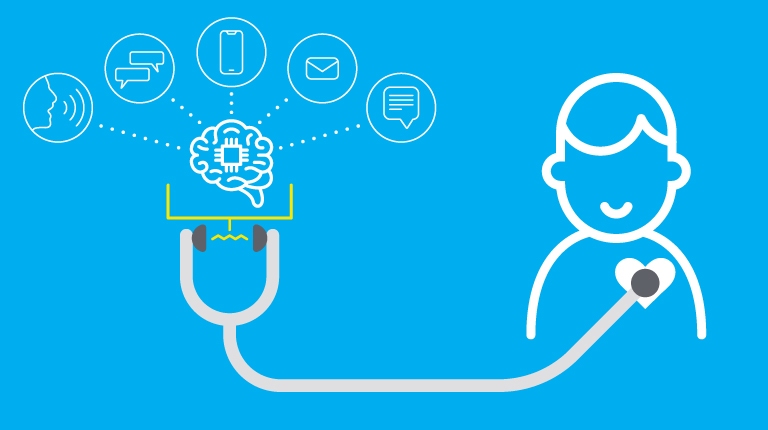It’s been six years since the Affordable Care Act (ACA) was signed into law and the impact on the health insurance market has been clear: the shift from employer-based health insurance to a market of individuals is in full swing. According to Kaiser Family Foundation research, the individual market grew by 46% in 2014 to more than 15 million people, and analysis by the Centers for Medicare and Medicaid Services expects that number to increase by another 20 million by the year 2020.
For decades, Americans predominantly “purchased” their healthcare through their employers. This is, frankly, a misnomer, as consumers really had nothing to do with the actual purchase of the product. They simply opted-in and received the benefit their employer purchased.
Now, more Americans are directly responsible for making this purchase decision and their expectations for service are shaped – not by their experiences dealing with other health insurance companies – but by their experiences across a wide range of industries, applications and technologies. We’re all aware of companies like Amazon, Square, Airbnb, and Uber disrupting their respective industries by offering new business models and effortless users experiences. How do health insurers compete and distinguish themselves not only with excellent customer care but also by keeping up with rising digital expectations?
In the six years since the ACA, little progress has been made by traditional health insurers in adapting to these profound changes. Change has been incremental at best, simply nibbling around the edges and tinkering with existing customer care systems. Customer service is still largely focused on the phone channel, delivered through rudimentary touch-tone and speech IVRs and rules-based routing, despite the digital transformations underway in other industries, like travel and retail.
The shift towards the cloud has further hastened the need for truly transformative change and has challenged health insurers’ ability to keep up with the pace of innovation. New industry challengers and a wave of industry consolidation will exert even more pressure on the traditional health insurance providers to keep up.
To adapt to this changing landscape, the traditional industry players will need to abandon yesterday’s antiquated strategies and look towards the future. Here are four key takeaways about the transformation of customer care in health insurance – and how your organization can keep up.
1. Accelerated Migration to the Cloud
Legacy technology, concerns over security and cultural resistance have held health insurers back for years. That tide is slowly changing as companies are starting to recognize the value of cloud-based solutions. Simple cloud APIs offer speed-to-market and rapid innovation that could never be matched by patching together fragile and complex multi-vendor solutions managed on-prem. Add to this, the increasing availability of free toolkits in areas like AI and NLP and the democratization of development, and the foundations towards cloud migration are fully in place.
2. Omnichannel Realized
Journey mapping has become all the rage in the last couple of years. What it’s shown us is that the customer journey is not a simple path. Just think of your own experiences—how and where do you start? Usually with a keyword search online or through social media. The proliferation of these channels—mobile, chat, SMS, bots, social media—is straining the ability of IT departments to keep up. Siloed data, walled-off systems, and antiquated processes are preventing legacy players from offering a frictionless and seamless customer experience across channels.
Companies that succeed in the future will leverage technology that unifies the customer experience, provides true insight into the customer journey, and helps reduce customer effort across touchpoints. By focusing on metrics like the customer effort score—which measures how easy it is for customers to achieve their goals—these organizations can decrease operational costs, improve response times, and deliver a truly seamless omnichannel experience.
3. A Perfect Storm for AI
Advances in big data, machine learning and natural language processing coupled with unprecedented levels of investment in artificial intelligence will transform our ability to derive insights and efficiencies within the customer journey. We should be asking: How can I use data to drive the most value for my customers? Unlocking and analyzing the vast mountains of unstructured data using AI will allow early adopters to leapfrog their competition, offer more compelling products and win a larger share of the emerging individual market.
4. The Phone is still Key
Despite the proliferation of channels, the phone still remains the front door to most businesses and healthcare is no exception. Call volumes haven’t decreased, but the reasons why people are calling have become more complex. Relying on traditional IVR and speech technologies simply won’t cut it. Advances in Virtual Assistants and conversational technologies combined with biometrics will provide more personalized and frictionless experiences to your customers looking to make a purchase decision.




